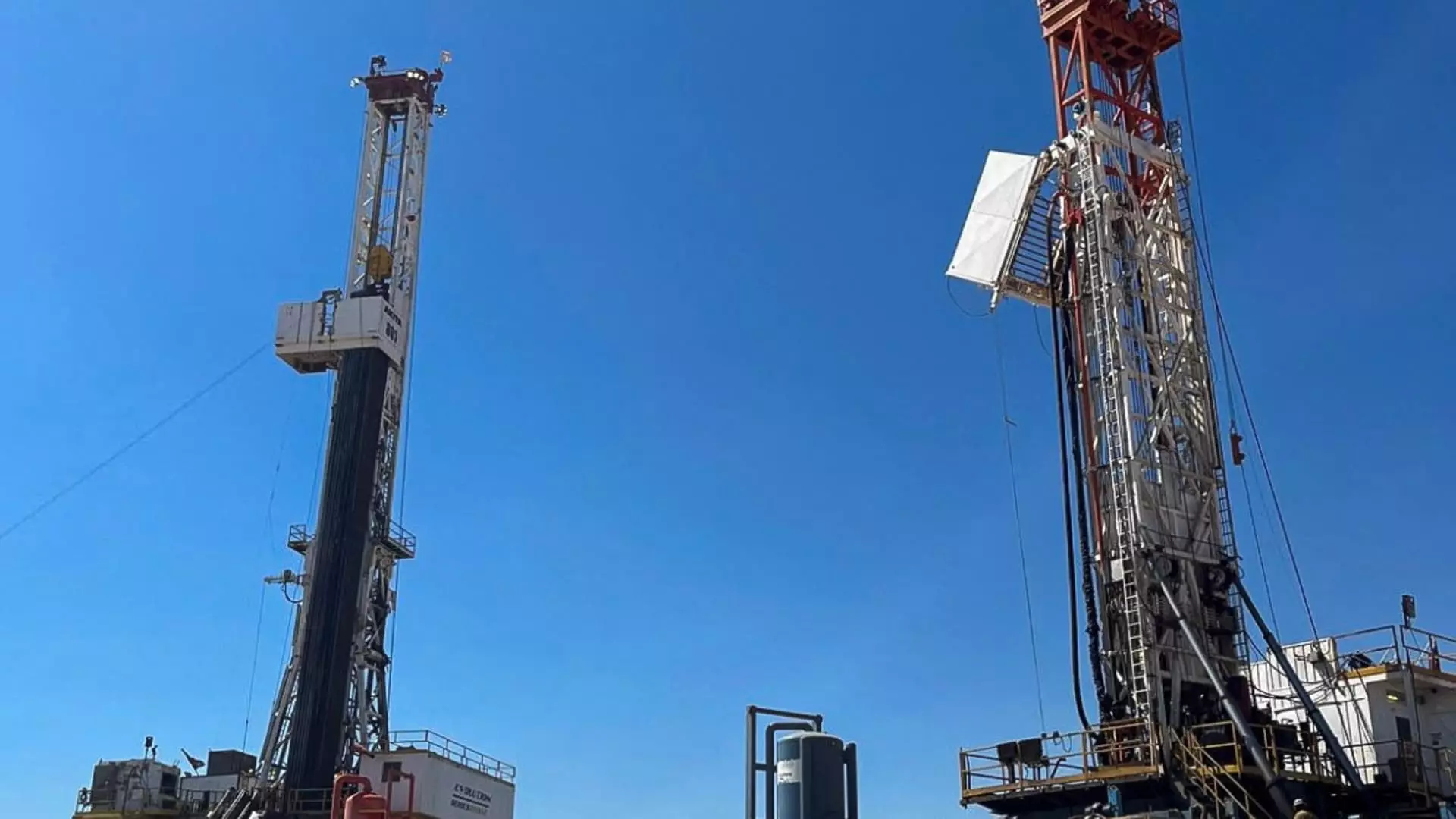In an era defined by unpredictable macroeconomic currents and mounting geopolitical tensions, many investors are desperately seeking refuge in the perceived safety of dividend-paying stocks. While these stalwart securities are often portrayed as a reliable source of income, this narrative oversimplifies a far more complex reality. The current market environment, fraught with uncertainty, demands more than a naive reliance on high yields and bullish analyst opinions. The romanticized notion of dividends as a shield against market turbulence is increasingly illusory; it’s a fragile veneer that ignores broader financial vulnerabilities, industry shifts, and the limitations inherent in even the most seemingly stable companies.
The temptation to view dividend stocks as safe harbors is rooted in a comforting but dangerously simplistic belief that consistent payouts symbolize strength and resilience. However, beneath the surface, many of these companies are exposed to risks that can undermine their capacity to meet dividend commitments. For instance, energy infrastructure firms like Archrock benefit from a strong operational foundation, yet are still susceptible to commodity price swings, regulatory changes, and infrastructure cyber vulnerabilities. Even when analysts like Mizuho’s Gabriel Moreen signal optimism, their projections often rely heavily on assumptions that may not hold in a crisis, such as continued demand or stable commodity prices.
Relying solely on analyst ratings and target prices as indicators of safety is equally problematic. While top Wall Street professionals may offer insightful forecasts, these are ultimately educated guesses rooted in current data — data that can swiftly become obsolete. The case of Archrock, with its aggressive capital expenditure plans and optimistic dividend growth projections, exemplifies how a company’s future can hinge on unpredictable factors like market demand and macroeconomic stability. Investors should view such projections as aspirations rather than guarantees, especially when market conditions are in flux.
The Fallacy of Conservative Income Strategies
The hope that dividend stocks can deliver safe, consistent income overlooks the fundamental vulnerabilities that underpin these investments. For example, Brookfield Infrastructure’s diversified portfolio appears attractive at first glance, offering a sizable yields and a history of acquisitions. Yet, its complex, sprawling operations pose management challenges and expose it to geopolitical risks, especially as it expands into different sectors across continents. Despite optimistic analyst forecasts, the reality remains that rapid expansion and diversification may lead to unforeseen operational stresses and integration issues that could diminish future dividends.
Similarly, energy-focused stocks like Permian Resources highlight the peril of optimism in a sector vulnerable to commodity price swings, environmental policies, and technological disruptions. While the recent ramp-up of operations and strategic acquisitions seem promising, they also introduce heightened leverage and exposure to the unpredictable oil market. Goldman Sachs analyst Neil Mehta’s bullish tone reflects confidence, but it cannot erase the underlying uncertainty tied to global energy demand, climate regulation, and capital market fluctuations. The underlying risk is that sustainable income in such volatile sectors might be more of a mirage than a reality.
The tendency to become enamored with promising analyst ratings and optimistic forecasts ignores the broader systemic issues: market cycles, economic shocks, and structural industry transformations that can render these “secure” dividends hollow in an instant. Investors must recognize that relying solely on dividend yields, no matter how attractive, cannot shield them from market downturns or systemic crises that threaten the very companies they depend on for income.
The Myth of Defensive Positions in a Disrupted World
In a time when macroeconomic uncertainty is stretching every sector to its limits, the idea that dividend stocks offer a robust line of defense is fundamentally flawed. The illusion of safety provided by these investments is a luxury of market complacency, not a reflection of genuine resilience. Companies might temporarily maintain payouts, but sustained dividend growth depends on underlying economic stability, which is increasingly elusive.
Moreover, the emphasis placed on analyst enthusiasm and recent company announcements can be dangerously misleading. Strategists like Moreen or Burwell tend to focus on financial metrics, recent acquisitions, and short-term momentum, often neglecting the long-term risks that lie underneath. Their optimism, framed within a context of favorable projections, can obscure warning signs — rising debt, cash flow pressures, regulatory headwinds — that may later precipitate dividend cuts or reorganizations.
This reliance on a narrative of stability is particularly troubling because it can lull investors into a false sense of security. They might accept current yields as indicators of safety without fully appreciating the fragility of the underlying economics. As macroeconomic tensions escalate and geopolitical uncertainties intensify, the assumption that dividend stocks will weather storms unscathed becomes increasingly untenable.
In the final analysis, a focus on high yields and analyst endorsements fails to address the real risks: the decline in earnings, industry upheavals, and the potential for sudden capital shocks. Pensioners, income-focused investors, and even cautious liberals who favor stability must recognize that the quest for “safe” dividends is often a perilous mirage, especially in an era of rapid economic and political upheaval.

